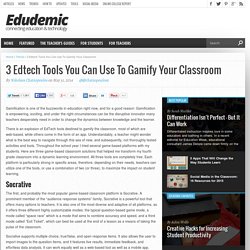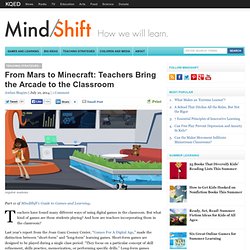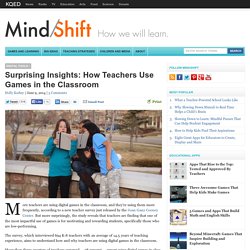

Minecraft in education. Minecraft can be an educational tool that facilitates cooperation and teamwork among players.

Educational benefits[edit | edit source] Minecraft can have huge educational benefits for children; it can help teach numerous subjects both with and without adult involvement. Learning in Minecraft can be faster than traditional methods of education, as children are often far more motivated, get more practice, and feel that what they are learning is useful. Mojang has recognized the educational potential Minecraft offers, and has partnered with minecraftedu.com to provide a 50% discount on Minecraft for educational institutions. Content suitability[edit | edit source] While the mobs (enemies) may be scary or overly frustrating for younger children, singleplayer contains no coarse language unless manually typed, no sexual or drug references, no gore (except on the Strength status effect's icon, which is only a blob of reddish pixels), and dead mobs simply turn red, fall over, and turn to dust.
Audience Response Systems. Www.sps186.org/downloads/basic/228358/Socrative Space Race.pdf. Game-based blended learning & classroom response system. Super Teacher Tools. 3 Edtech Tools You Can Use To Gamify Your Classroom. Gamification is one of the buzzwords in education right now, and for a good reason: Gamification is empowering, exciting, and under the right circumstances can be the disruptive innovator many teachers desperately need in order to change the dynamics between knowledge and the learner.

There is an explosion of EdTech tools destined to gamify the classroom, most of which are web-based, while others come in the form of an app. Understandably, a teacher might wonder what is the best way to navigate through this sea of new, and subsequently, not thoroughly tested activities and tools. Throughout the school year I tried several game-based platforms with my students. Here are three game-based classroom solutions that helped me transform my fourth grade classroom into a dynamic learning environment.
All three tools are completely free. Socrative The first, and probably the most popular game-based classroom platform is Socrative. Gamification vs Games-Based Learning: What’s the Difference? So, all this games stuff.

You know it’s important because the market for learning games is $3.9 billion, and will be $8.9 billion by 2017. It’s also effective, as a University of Colorado Denver study found that students who learned skills from gamified eLearning courses scored 14% higher than those who learned through traditional methods. But the distinction between the above two concepts—learning games and gamified learning—is about as clear as mud.
There is a distinction though, and before you charge headlong into implementing one or the other at your organization it pays to understand the difference. What follows is the short answer, and then some more in-depth explanations with examples. The short answer: Gamification is turning the learning process as a whole into a game, while Games-Based Learning (GBL) is using a game as part of the learning process. From Mars to Minecraft: Teachers Bring the Arcade to the Classroom. Argubot Academy Part 11 of MindShift’s Guide to Games and Learning.

Teachers have found many different ways of using digital games in the classroom. But what kind of games are these students playing? And how are teachers incorporating them in the classroom? Last year’s report from the Joan Ganz Cooney Center, “Games For A Digital Age,” made the distinction between “short-form” and “long-form” learning games. Often long-form games are comprehensively tied to a full curriculum. Learning Games Some games are designed to do just that. Mars Generation One: Argubot Academy is a role playing game that combines a space-age storyline about building a Mars colony with great animations. “By teaching ELA standards through a STEM-themed storyline, the game is fundamentally interdisciplinary in all the right ways,” wrote Patricia Monticello Kievlan, a San Francisco classroom teacher who reviewed the game for Graphite.
Game-based blended learning & classroom response system. Games. Game-based blended learning & classroom response system. Benefits of Gaming: What Research Shows. Surprising Insights: How Teachers Use Games in the Classroom. More teachers are using digital games in the classroom, and they’re using them more frequently, according to a new teacher survey just released by the Joan Ganz Cooney Center.

But more surprisingly, the study reveals that teachers are finding that one of the most impactful use of games is for motivating and rewarding students, specifically those who are low-performing. The survey, which interviewed 694 K-8 teachers with an average of 14.5 years of teaching experience, aims to understand how and why teachers are using digital games in the classroom. More than three-quarters of teachers surveyed — 78 percent — report using digital games in class, and that’s up from 50 percent who reported using them in a different survey two years ago.
“Teachers say they want to use digital games to deliver standards-based content and assess student knowledge and skills,” said Cooney Center’s Senior Director and Research Scientist (and survey designer) Lori Takeuchi. Gamesandlearning.org.